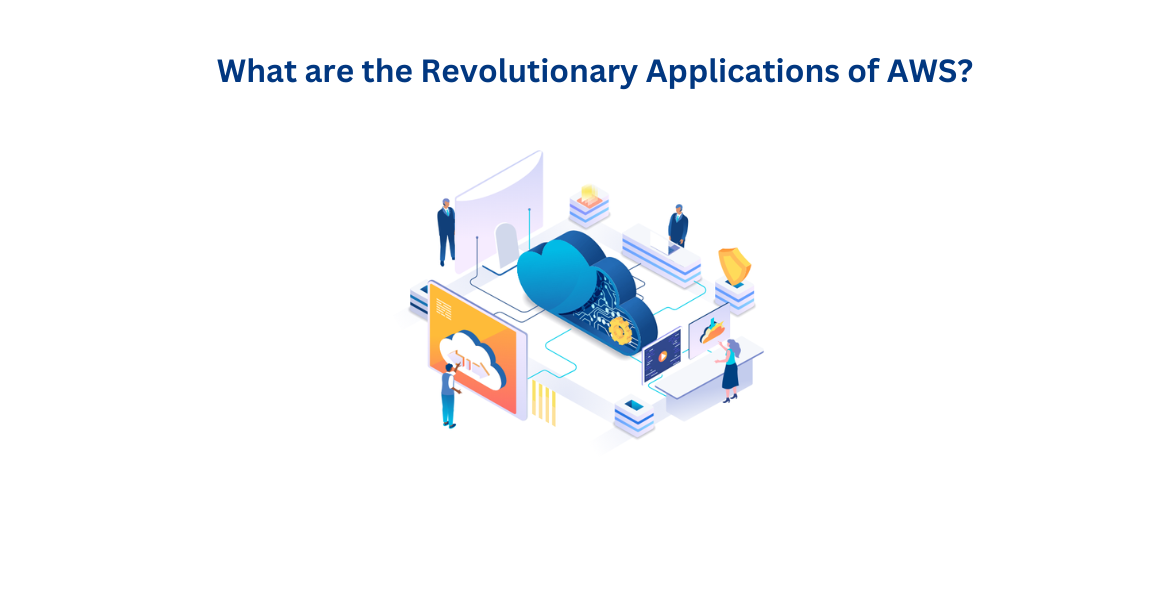Introduction
In today’s fast-paced digital world, technology continues to transform various aspects of our lives. One such transformation is seen in the realm of education and workplace management. Traditional attendance tracking methods, like paper registers and manual record-keeping, are becoming outdated. Instead, institutions and organizations are embracing the benefits of the Online Attendance Management System (OAMS). In this blog, we’ll delve into the key features, advantages, and importance of implementing such a system.
The Online Attendance Management System: A Game-Changer
-
Efficiency and Accuracy: One of the most significant advantages of the Online Attendance Management System is its ability to streamline the attendance tracking process. In educational institutions and workplaces, manual attendance tracking can be time-consuming and prone to errors. OAMS eliminates these concerns by automating the process. Students and employees can mark their attendance with a simple click or scan, saving time and reducing the chances of errors.
-
Real-Time Monitoring: OAMS provides real-time monitoring, allowing administrators to keep an eye on attendance trends and patterns. They can identify and address attendance issues promptly, such as persistent absences or latecomers.
-
Data Security: With paper-based attendance records, there’s always a risk of data loss, theft, or damage. OAMS stores attendance data securely in digital format, making it easily retrievable and less susceptible to loss. Additionally, access to the system can be restricted and secured, ensuring data privacy.
-
Integration with Biometrics and RFID: To further enhance security and accuracy, OAMS often integrates with biometric systems or Radio-Frequency Identification (RFID) technology. Biometric attendance systems use fingerprint or facial recognition to confirm the identity of individuals, while RFID cards or tags allow for swift, contactless attendance marking.
-
Automation of Notifications: OAMS can automate the process of sending attendance-related notifications to students, employees, and guardians. This helps keep everyone in the loop, improving communication and accountability.
-
Custom Reporting and Analytics: OAMS can generate detailed attendance reports and analytics, which can be valuable for decision-making and assessment. This data can help institutions and organizations identify trends and make informed changes to their policies or strategies.
The Importance of OAMS
-
Enhancing Accountability: OAMS holds students and employees accountable for their attendance, promoting punctuality and a sense of responsibility. Knowing that attendance is being accurately tracked can motivate individuals to be more punctual.
-
Improved Learning and Productivity: In educational institutions, accurate attendance tracking ensures that students are present for classes, which can positively impact their learning outcomes. Similarly, in workplaces, it ensures that employees are contributing to productivity as expected.
-
Reducing Administrative Burden: OAMS greatly reduces the administrative workload associated with manual attendance tracking. This allows educational institutions and organizations to allocate their resources more efficiently and focus on other essential tasks.
-
Future-Proofing: As technology continues to advance, embracing OAMS ensures that institutions and organizations stay up-to-date and competitive. It’s a step toward the future, as more processes become digital and automated.
Conclusion
The Online Attendance Management System is a powerful tool for educational institutions and organizations alike. Its benefits include increased efficiency, accuracy, and data security. By implementing an OAMS, institutions and organizations can enhance accountability, improve learning and productivity, reduce administrative burden, and stay relevant in the digital age. As technology continues to evolve, the adoption of systems like OAMS is not just a choice but a necessity for those looking to succeed in the modern world.
In today’s fast-paced digital world, technology continues to transform various aspects of our lives. One such transformation is seen in the realm of education and workplace management. Traditional attendance tracking methods, like paper registers and manual record-keeping, are becoming outdated. Instead, institutions and organizations are embracing the benefits of the Online Attendance Management System (OAMS). In this blog, we’ll delve into the key features, advantages, and importance of implementing such a system.
The Online Attendance Management System: A Game-Changer
-
Efficiency and Accuracy: One of the most significant advantages of the Online Attendance Management System is its ability to streamline the attendance tracking process. In educational institutions and workplaces, manual attendance tracking can be time-consuming and prone to errors. OAMS eliminates these concerns by automating the process. Students and employees can mark their attendance with a simple click or scan, saving time and reducing the chances of errors.
-
Real-Time Monitoring: OAMS provides real-time monitoring, allowing administrators to keep an eye on attendance trends and patterns. They can identify and address attendance issues promptly, such as persistent absences or latecomers.
-
Data Security: With paper-based attendance records, there’s always a risk of data loss, theft, or damage. OAMS stores attendance data securely in digital format, making it easily retrievable and less susceptible to loss. Additionally, access to the system can be restricted and secured, ensuring data privacy.
-
Integration with Biometrics and RFID: To further enhance security and accuracy, OAMS often integrates with biometric systems or Radio-Frequency Identification (RFID) technology. Biometric attendance systems use fingerprint or facial recognition to confirm the identity of individuals, while RFID cards or tags allow for swift, contactless attendance marking.
-
Automation of Notifications: OAMS can automate the process of sending attendance-related notifications to students, employees, and guardians. This helps keep everyone in the loop, improving communication and accountability.
-
Custom Reporting and Analytics: OAMS can generate detailed attendance reports and analytics, which can be valuable for decision-making and assessment. This data can help institutions and organizations identify trends and make informed changes to their policies or strategies.
The Importance of OAMS
-
Enhancing Accountability: OAMS holds students and employees accountable for their attendance, promoting punctuality and a sense of responsibility. Knowing that attendance is being accurately tracked can motivate individuals to be more punctual.
-
Improved Learning and Productivity: In educational institutions, accurate attendance tracking ensures that students are present for classes, which can positively impact their learning outcomes. Similarly, in workplaces, it ensures that employees are contributing to productivity as expected.
-
Reducing Administrative Burden: OAMS greatly reduces the administrative workload associated with manual attendance tracking. This allows educational institutions and organizations to allocate their resources more efficiently and focus on other essential tasks.
-
Future-Proofing: As technology continues to advance, embracing OAMS ensures that institutions and organizations stay up-to-date and competitive. It’s a step toward the future, as more processes become digital and automated.
Conclusion
The Online Attendance Management System is a powerful tool for educational institutions and organizations alike. Its benefits include increased efficiency, accuracy, and data security. By implementing an OAMS, institutions, and organizations can enhance accountability, improve learning and productivity, reduce administrative burden, and stay relevant in the digital age. As technology continues to evolve, the adoption of systems like OAMS is not just a choice but a necessity for those looking to succeed in the modern world.





